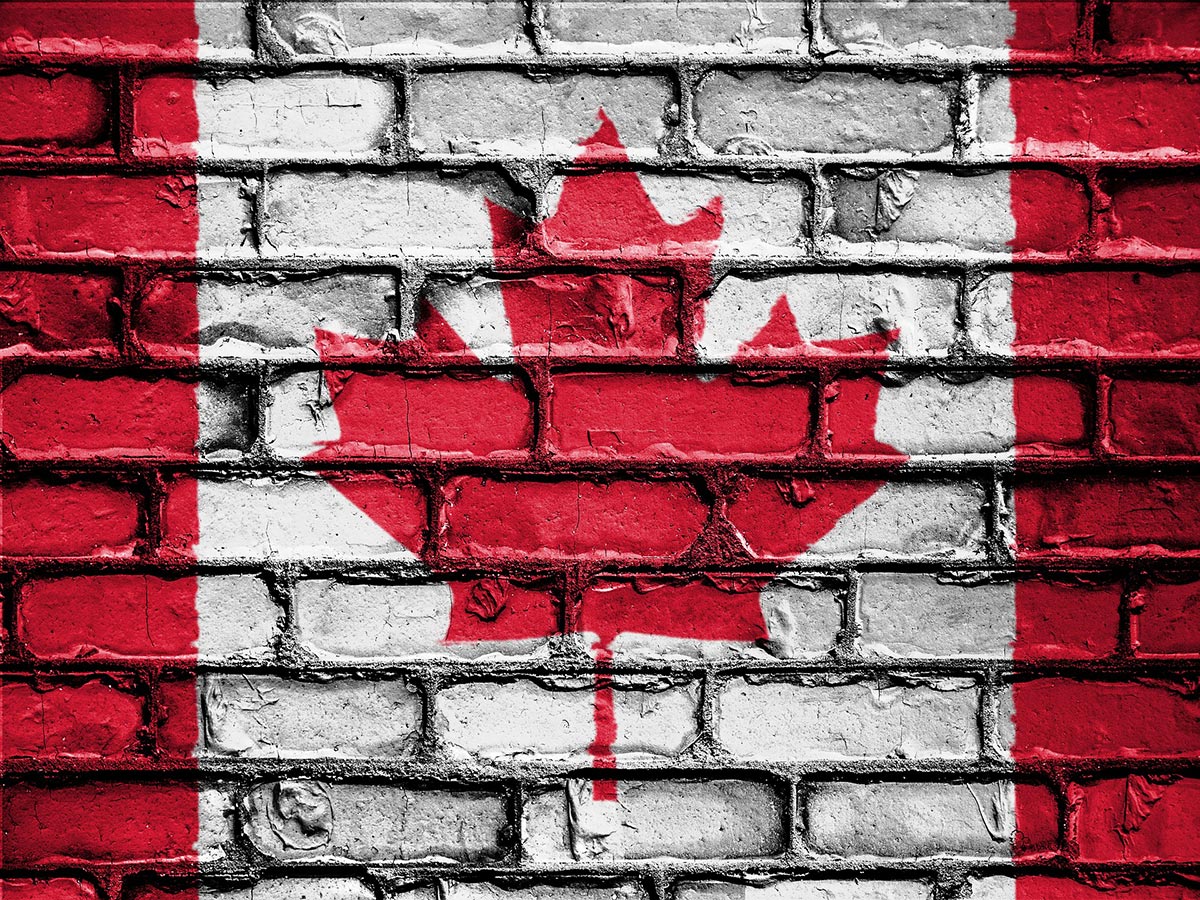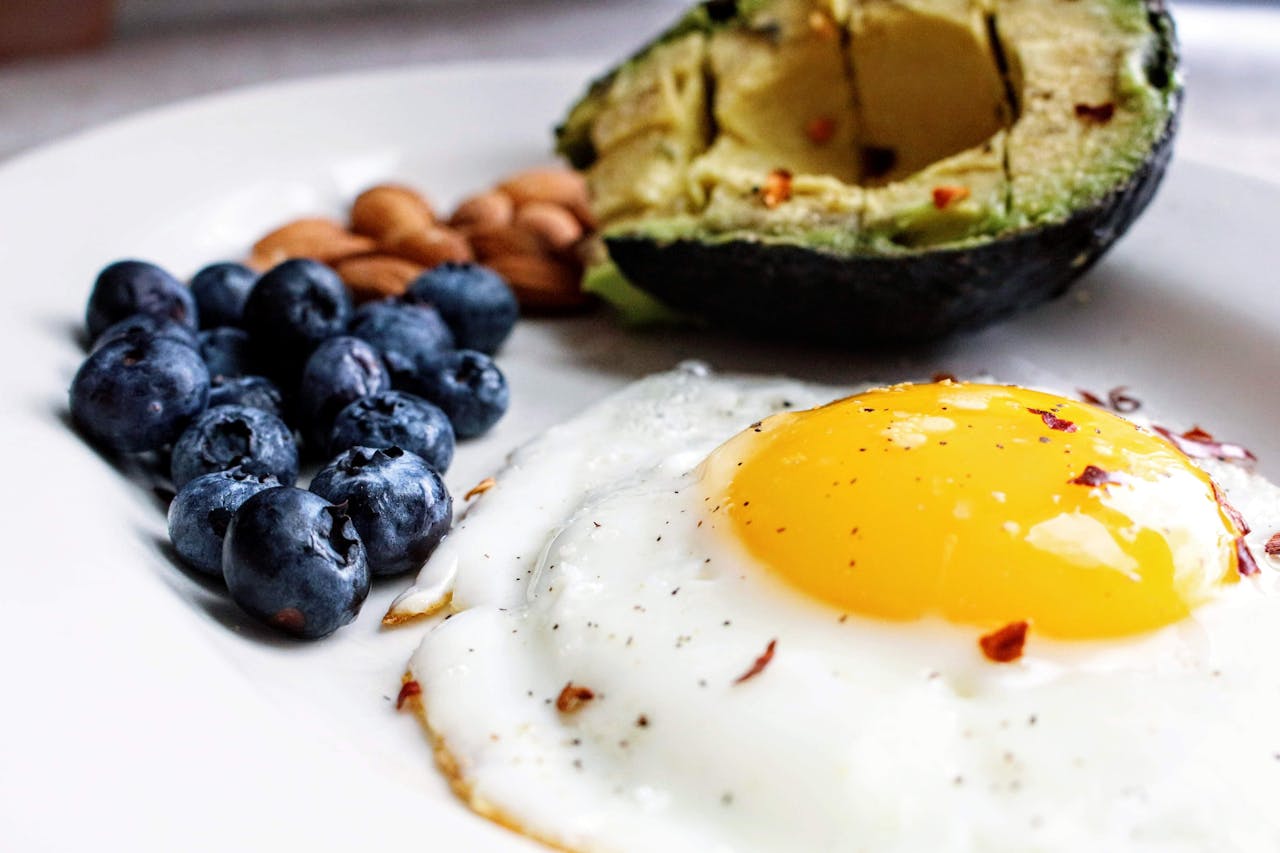Introduction: When Decadence Becomes Diagnosis
Welcome to the United States of Ailments, where the pursuit of happiness has been rerouted through the drive-thru, and the American Dream now comes with a side of Type 2 diabetes. The nation’s health is in freefall — not because of a lack of resources, but because of a cultural refusal to confront the uncomfortable.
And while the healthcare system groans under the weight of preventable diseases, the public is offered a new kind of salvation: GLP-1 drugs. Slim down without changing a thing. Inject, ignore, repeat.
Convenience as a Core Value
America’s obsession with convenience isn’t just a lifestyle — it’s a worldview. From pre-sliced apples in plastic bags to cars that park themselves, the culture has engineered every possible shortcut to avoid friction. Health, unfortunately, doesn’t work that way. You can’t outsource movement, delegate discipline, or automate self-control. But that hasn’t stopped the nation from trying.
Fast food chains outnumber grocery stores in low-income neighborhoods. School lunches are processed to the point of parody. Public spaces are designed for cars, not people. The result? A population that’s overfed, undernourished, and increasingly immobile. And when the consequences catch up — heart disease, hypertension, fatty liver — the response isn’t reform. It’s pharma.
GLP-1: The New American Religion
Enter GLP-1 receptor agonists: Ozempic, Wegovy, Mounjaro. These drugs suppress appetite, slow digestion, and help users lose weight — often dramatically. They’ve become the holy grail of weight loss, endorsed by celebrities, influencers, and even physicians who’ve given up on preaching lifestyle change. And yes, they work. But they also represent a deeper pathology: the belief that science should save us from ourselves.
And let’s not forget — the same crowd that screamed “My body, my choice!” while waving Bibles, burning masks, and forwarding conspiracy memes from their cousin in Alabama, now lines up to inject unpronounceable peptides into their bellies without a second thought. Suddenly, Big Pharma isn’t part of a globalist plot — it’s a personalized wellness journey.Lab-made compounds? Totally fine, as long as they promise a thigh gap.
My Body, My Ozempic: The Religious Rebranding of Medical Hypocrisy
The same people who needed five pages of research to take a vaccine now trust something they saw in a Facebook ad between a monster truck rally and a QAnon livestream. The Bible Belt bigots have found their medical exception — and it’s shaped like an insulin pen, shipped overnight, auto-reordering every four weeks. Forget salvation through Christ — salvation now comes through subcutaneous injection. Just don’t call it medicine. Call it “God’s way of making you beach-ready.”
Instead of asking why so many Americans are obese, we ask how quickly we can medicate them. Instead of redesigning cities to encourage movement, we redesign molecules to suppress hunger. GLP-1 drugs are not just treatments — they’re cultural coping mechanisms. They allow the system to continue unchanged, while offering the illusion of progress.
Prevention Is Too Inconvenient
Public health experts have long known the formula: eat real food, move your body, sleep well, manage stress. But these principles require effort, time, and — worst of all — discomfort. And in a culture where discomfort is treated as a design flaw, prevention is a hard sell.
Why walk when you can ride? Why cook when you can microwave? Why reflect when you can scroll? The American lifestyle is optimized for ease, not health. And when that ease leads to illness, the response is not introspection — it’s innovation. Not better habits, but better drugs.
The Soda Refill Metaphor
Unlimited soda refills are more than a quirky restaurant perk — they’re a metaphor for the American psyche. More is better. Restraint is weakness. The idea that someone might want less — less sugar, less screen time, less consumption — is almost subversive. In this context, GLP-1 drugs are not just medical tools. They’re ideological instruments, allowing people to indulge without consequence. Or at least, without visible consequence.
But the consequences are there. They just shift. Instead of obesity, we get dependency. Instead of lifestyle change, we get lifelong prescriptions. The body may shrink, but the system stays bloated.
A Nation of Symptoms
America doesn’t treat causes. It treats symptoms. Mental health? Medicate. Chronic pain? Medicate. Obesity? Medicate. The underlying conditions — poverty, isolation, processed food, sedentary living — are too complex, too political, too uncomfortable. So we reach for the pill, the shot, the patch. And GLP-1 drugs fit perfectly into this paradigm. They don’t ask questions. They just suppress them.
Urban Design as Destiny
Let’s talk infrastructure. American cities are built for cars, not people. Sidewalks are optional. Public transport is a punchline. Parks are scarce, and bike lanes are political battlegrounds. Compare this to cities in Europe or Asia, where walking is normal, fresh food is accessible, and public life encourages movement. In America, the built environment actively discourages health — and then blames individuals for failing to thrive.
GLP-1 drugs don’t fix this. They bypass it. They allow people to survive in environments that are fundamentally hostile to well-being. That’s not medicine. That’s adaptation to dysfunction.
Media, Marketing, and Manufactured Desire
The average American sees thousands of ads per day — many of them for food. Not vegetables, mind you, but ultra-processed, hyper-palatable, dopamine-spiking junk. The marketing machine is relentless, and it’s aimed at children as much as adults. Combine that with screen addiction, algorithmic content, and a culture of instant gratification, and you get a population primed for overconsumption.
GLP-1 drugs don’t challenge this system. They enable it. They allow people to keep consuming — just less. It’s not a revolution. It’s a compromise.
The Long-Term Cost
GLP-1 medications are expensive. They’re often not covered by insurance. And they require ongoing use to maintain results. This creates a two-tiered system: those who can afford pharmaceutical thinness, and those who remain trapped in the cycle of poverty and obesity. It’s a medical caste system, disguised as progress.
Meanwhile, the root causes — food deserts, economic inequality, lack of education — remain untouched. The drugs may shrink bodies, but they don’t shrink disparities.
The Psychology of Avoidance
At its core, America’s health collapse is psychological. It’s a refusal to confront discomfort, a fear of limits, a belief that every problem can be solved without sacrifice. GLP-1 drugs are the perfect expression of this mindset. They offer results without reflection. Change without challenge. Health without humility.
But real health requires the opposite. It requires facing hard truths, making hard choices, and embracing the discomfort that comes with growth. Until that shift happens, the collapse will continue — quietly, efficiently, pharmacologically.
The Slow-Motion Implosion
America’s health isn’t collapsing because of ignorance. It’s collapsing because of denial. The tools for prevention exist. The knowledge is there. But the culture resists. It clings to convenience, celebrates excess, and medicates the consequences. GLP-1 drugs are not the solution. They’re the symptom.
And as long as unlimited soda refills remain a point of pride — not parody — the collapse will continue. Not with a bang, but with a burp.
Sources: [1] European Society of Cardiology: Prevention of cardiovascular disease – recent achievements and remaining challenges. E-Journal of Cardiology Practice, Volume 15, August 2017. Available at: www.escardio.org/Journals/E-Journal-of-Cardiology-Practice/Volume-15/prevention-of-cardiovascular-disease-recent-achievements-and-remaining-challeng [2] JAMA Network Open: Physical Activity, Fitness, and Cardiovascular Health. Editorial by Steven M. Bradley, Erin D. Michos, Michael D. Miedema. Published on August 23, 2019. Available at: www.jamanetwork.com/journals/jamanetworkopen/fullarticle/2748654 [3] California Defense Academy: Why Cardio Won’t Save You in a Fight (And What Will). Blog article on the limits of endurance training in real stress situations. Available at: cadefenseacademy.com/blog/153805/Why-Cardio-Won-t-Save-You-in-a-Fight-And-What-Will-













